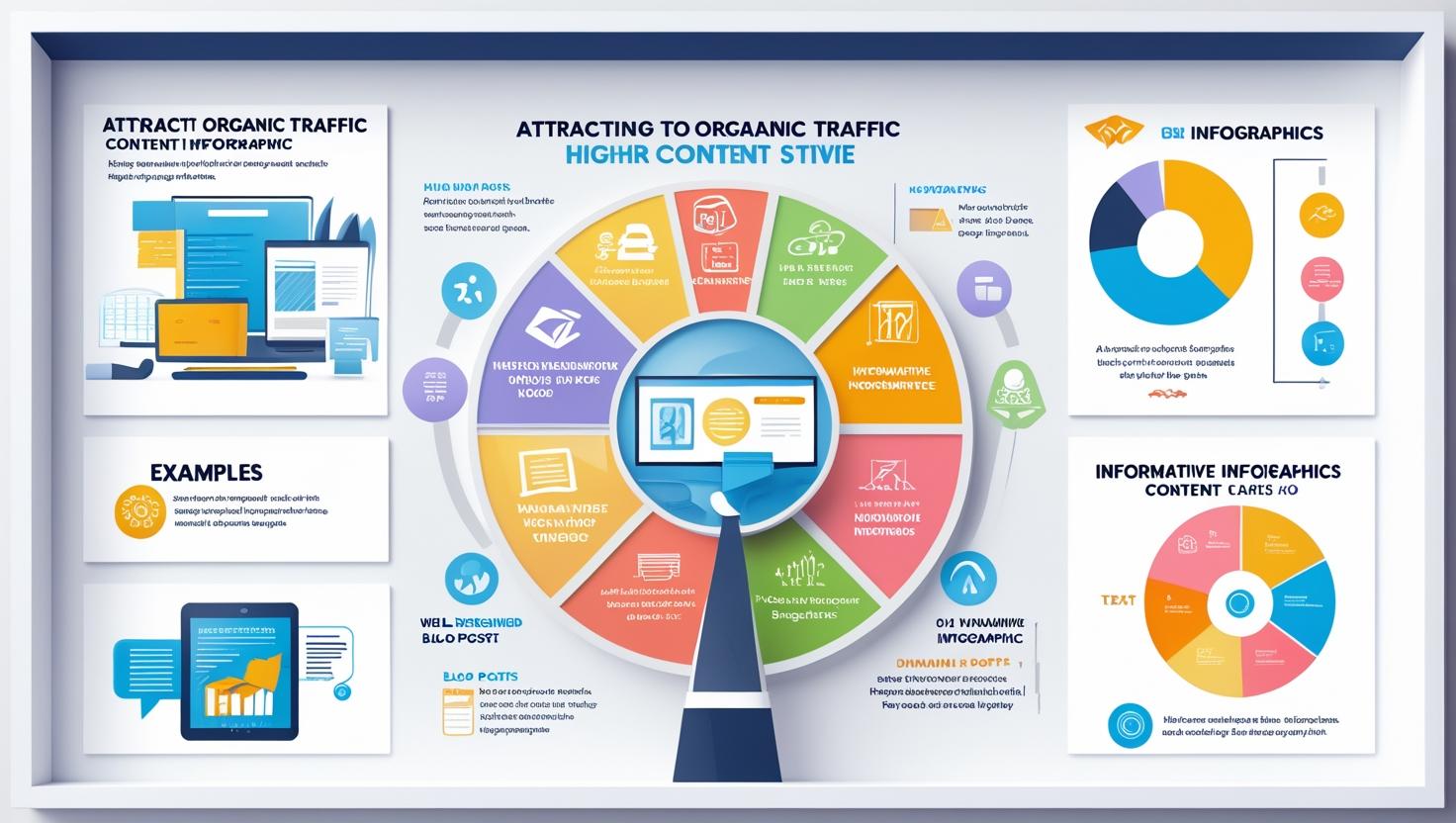
Unveiling the Latest Digital Marketing Trends for Success
Digital marketing trends are constantly evolving, shaping the way businesses engage with their audience and drive results in the digital sphere.
Because, in the ever-evolving realm of digital marketing, keeping pace with the latest trends is essential. Certainly for businesses aiming to thrive in the digital landscape.
As technology advances and consumer behaviors evolve, staying ahead of the curve has become synonymous with success.
So, in this comprehensive guide, we will explore the most impactful digital marketing trends shaping the industry today.
From the integration of artificial intelligence to the dominance of video content and the rise of voice search optimization.
As a matter of fact, we’ll explore strategies and tactics that are driving results for forward-thinking marketers.
Join us as we uncover the key trends reshaping the digital marketing landscape. And discover how you can use them. So, you can elevate your brand’s online presence and drive meaningful engagement with your target audience.
Digital Marketing Trends: Embracing Artificial Intelligence (AI) in Marketing Strategies
Artificial Intelligence (AI) continues to revolutionize digital marketing. From chatbots providing instant customer support to personalized recommendations. Moreover, powered by machine learning algorithms.
Above all, AI offers endless possibilities for enhancing user experiences. Marketers are using AI to analyze vast amounts of data.
In that case, predict consumer behavior and automate repetitive tasks. Therefore, allowing for more targeted and efficient campaigns.
Integrating AI-Powered Chatbots for Enhanced Customer Engagement
Chatbots are becoming increasingly sophisticated. They are offering seamless interactions that mimic human conversation.
These AI-driven virtual assistants can provide instant responses to customer queries. As well as guide users through purchasing decisions, and even offer personalized product recommendations based on individual preferences.
So, by incorporating chatbots into their websites and social media channels, businesses can provide round-the-clock support. In this case, streamline communication, and improve customer satisfaction.
Harnessing Predictive Analytics for Data-Driven Insights
Predictive analytics empowers marketers to anticipate future trends and behaviors based on historical data patterns.
By analyzing customer demographics, browsing habits, and purchase histories, businesses can tailor their marketing efforts to more effectively target specific audience segments.
Like predicting the likelihood of a lead converting into a customer or identifying which content resonates most with users.
Also, predictive analytics enables data-driven decision-making, leading to higher ROI and better campaign outcomes.
Video Marketing Trends and Dominance in the Digital Landscape
Video marketing continues to reign supreme as one of the most engaging forms of content online.
With platforms like YouTube, TikTok, and Instagram prioritizing video content, businesses invest heavily in video production to captivate audiences and effectively convey their brand messages.
Leveraging Short-Form Video Content for Increased Engagement
Short-form videos, such as those found on TikTok and Instagram Reels, have exploded in popularity, especially among younger demographics.
These bite-sized videos offer a perfect opportunity for brands to showcase their creativity, share behind-the-scenes glimpses, and connect with audiences more personally.
By creating engaging and shareable short-form content, businesses can boost brand awareness, foster community engagement, and drive traffic to their digital platforms.
Embracing Live Streaming for Authentic Brand Interaction with Digital Marketing Trends
Live streaming has emerged as a powerful tool for real-time engagement and storytelling.
Whether hosting Q&A sessions, product demonstrations, or exclusive events, live streaming allows brands to connect with their audience authentically and interactively.
With platforms like Facebook Live, Instagram Live, and Twitch, businesses can humanize their brand, build customer trust, and generate buzz around their products or services.
Digital Marketing Trends and The Rise of Voice Search Optimization (VSO)
With the proliferation of voice-activated devices like smartphones, smart speakers, and virtual assistants, voice search is becoming increasingly prevalent.
Therefore, optimizing content for voice search is essential to ensure visibility and relevance in the evolving digital landscape.
Crafting Conversational and Long-Tail Keyword Strategies
Unlike traditional text-based searches, voice queries tend to be more conversational and natural-sounding. Marketers need to incorporate long-tail keywords and phrases that align with how people speak rather than type. By understanding the context and intent behind voice searches, businesses can tailor their content to provide direct and relevant answers, improving their chances of appearing in voice search results.
Other Digital Marketing Trends are Providing Concise and Informative Responses in Featured Snippets
Featured snippets, or “position zero” in search engine results pages (SERPs), are prime real estate for voice search.
These concise and informative snippets appear at the top of search results, providing users with immediate answers to their queries.
So, by optimizing content to answer common questions and address user pain points, businesses can increase their chances of being featured in voice search results.
As a result, driving traffic and visibility to their digital assets.
Enhanced Personalization Through Behavioral Targeting
Personalization has become a cornerstone of effective digital marketing strategies.
Because by leveraging data insights and advanced targeting techniques, businesses can deliver tailored experiences.
That resonates with individual consumers, fostering loyalty and driving conversions.
Implementing Dynamic Content Personalization Across Channels
Dynamic content personalization enables marketers to deliver highly relevant and contextual messages to users based on their demographics, interests, and past interactions.
Whether it’s personalized product recommendations, targeted email campaigns, or customized website experiences, dynamic content allows businesses to engage customers at every touchpoint of their journey.
As a result, driving engagement and increasing conversion rates.
Utilizing AI-Powered Recommendation Engines for Hyper-Targeted Campaigns
AI-powered recommendation engines analyze user behavior and preferences to deliver real-time personalized recommendations.
Like suggesting products related to past purchases and recommending content based on browsing history. Or highlighting relevant promotions. Recommendation engines enhance the shopping experience, increase average order value, and drive repeat purchases.
By harnessing the power of AI-driven personalization, businesses can create meaningful connections with customers and drive long-term loyalty.
Conclusion: Unveiling the Latest Digital Marketing Trends
In the ever-evolving landscape of digital marketing trends, staying abreast of the latest trends and technologies is essential for success.
From harnessing the power of AI for personalized experiences to embracing the dominance of video content.
And optimizing for voice search, businesses must adapt their strategies to meet the evolving needs of consumers.
By effectively leveraging these emerging trends, brands can stay ahead of the competition, drive engagement, and achieve their marketing objectives in a dynamic and rapidly changing digital ecosystem.
























